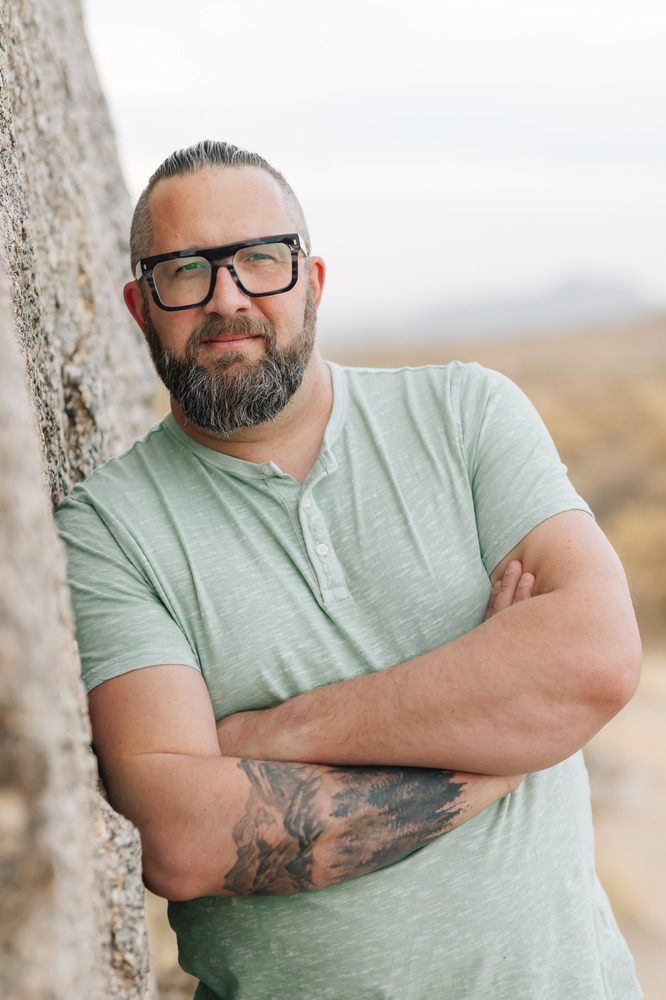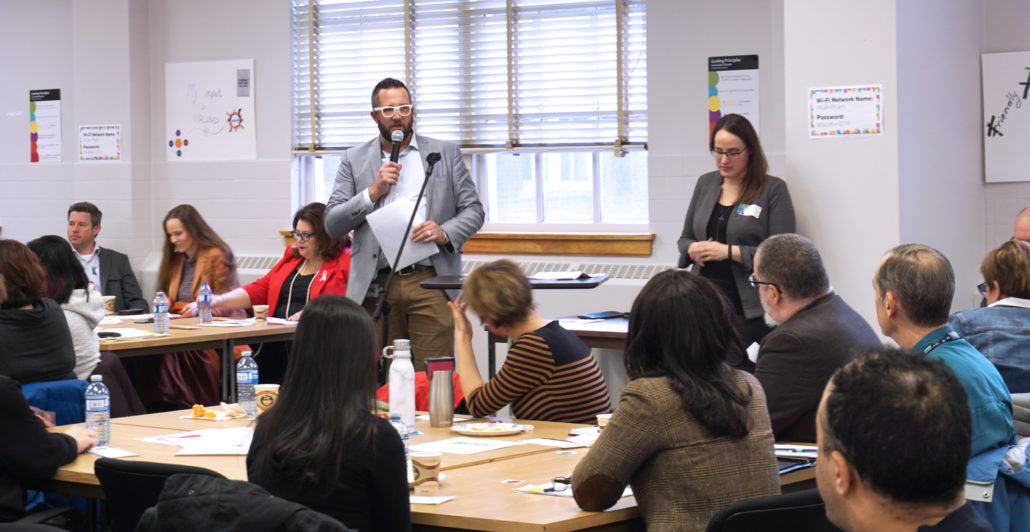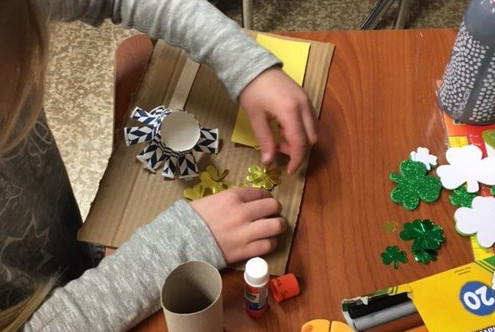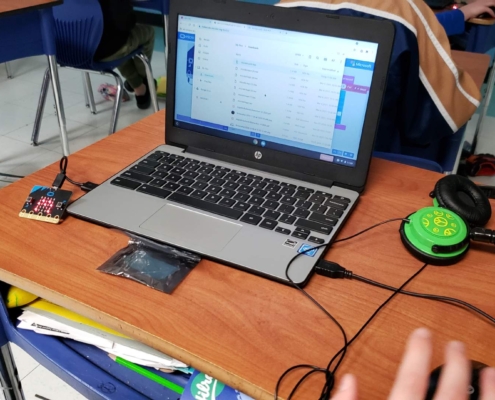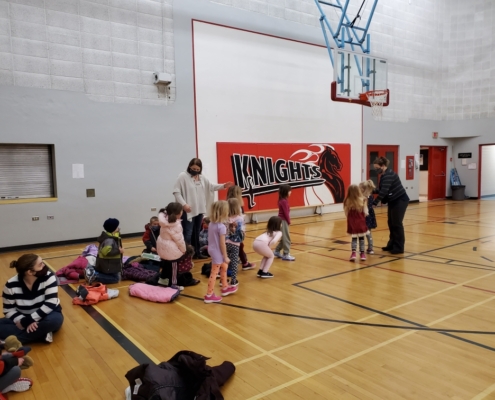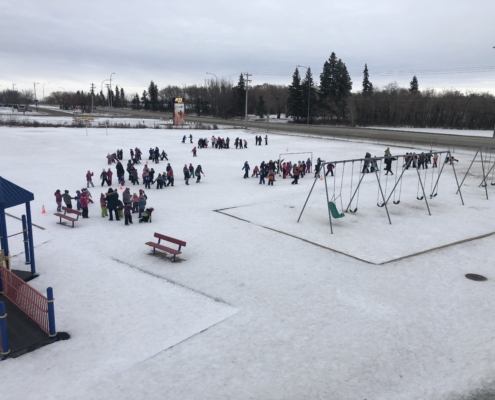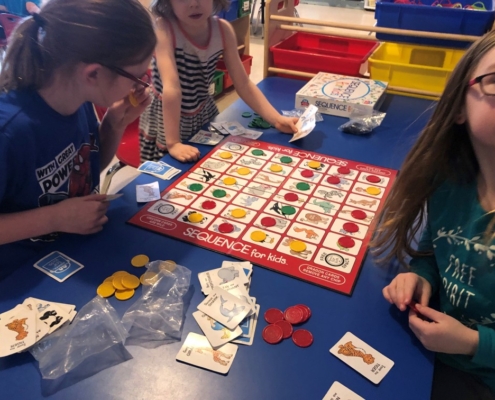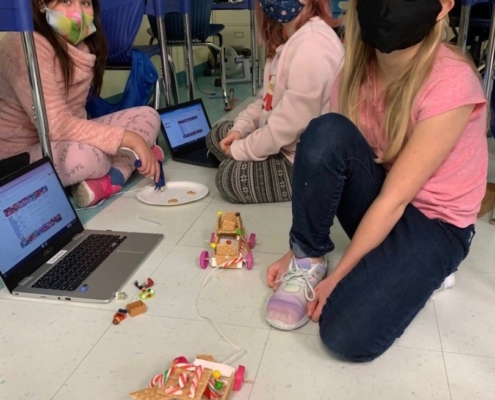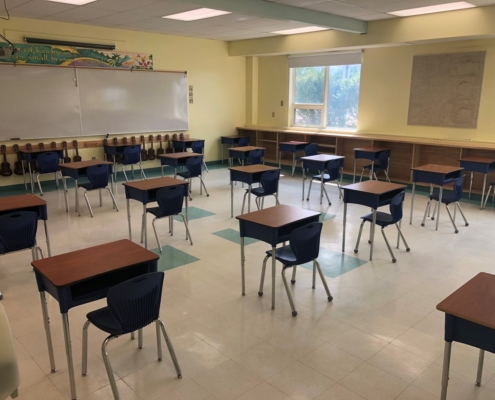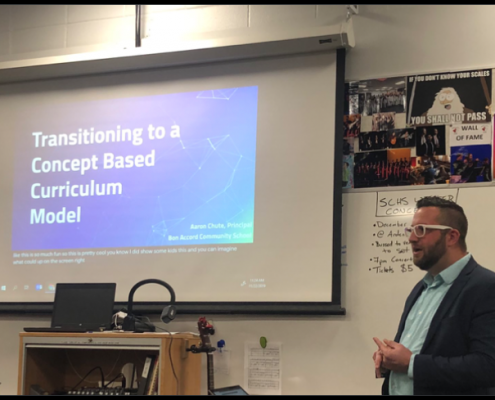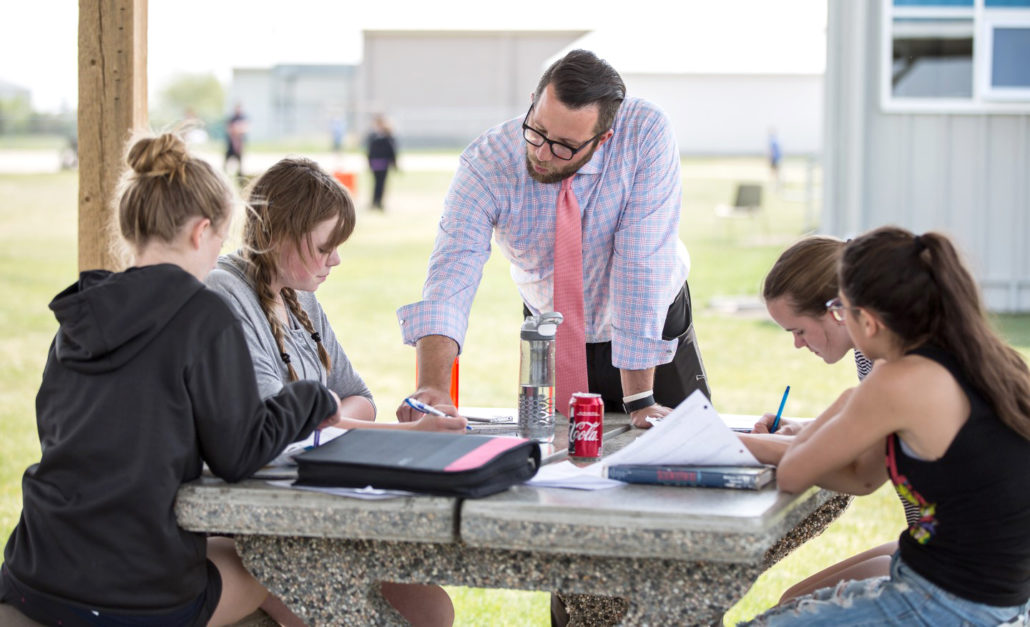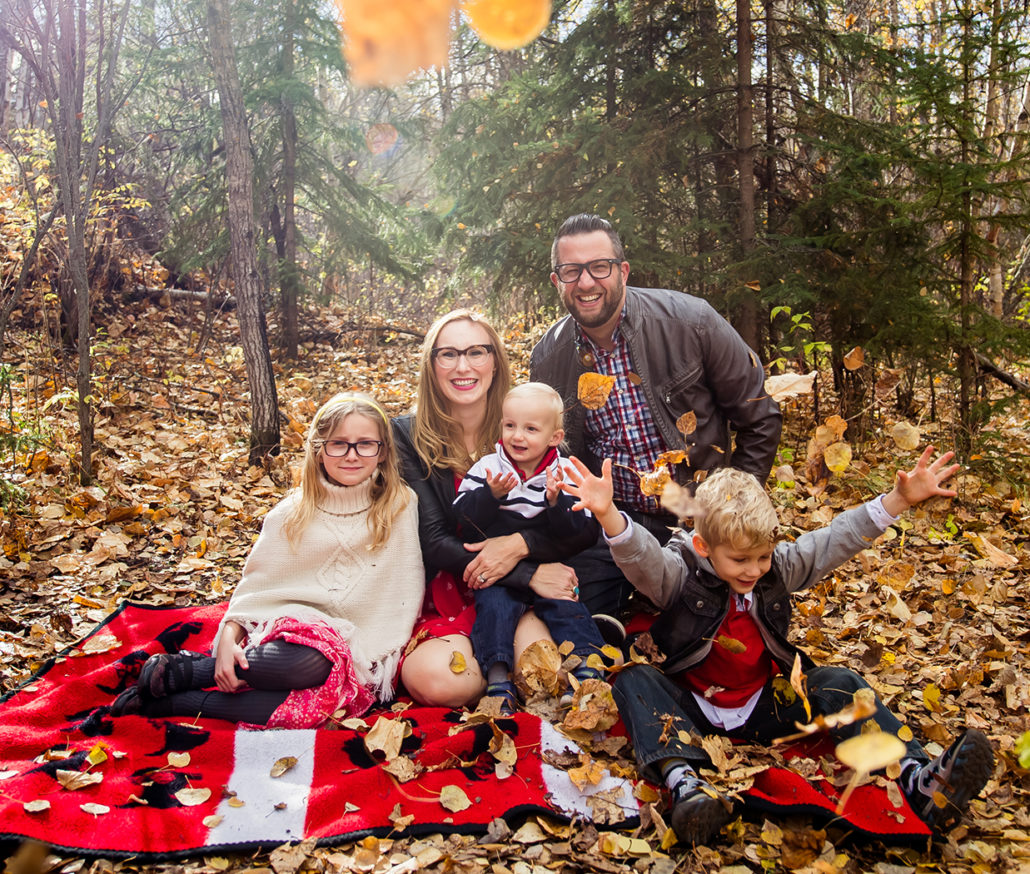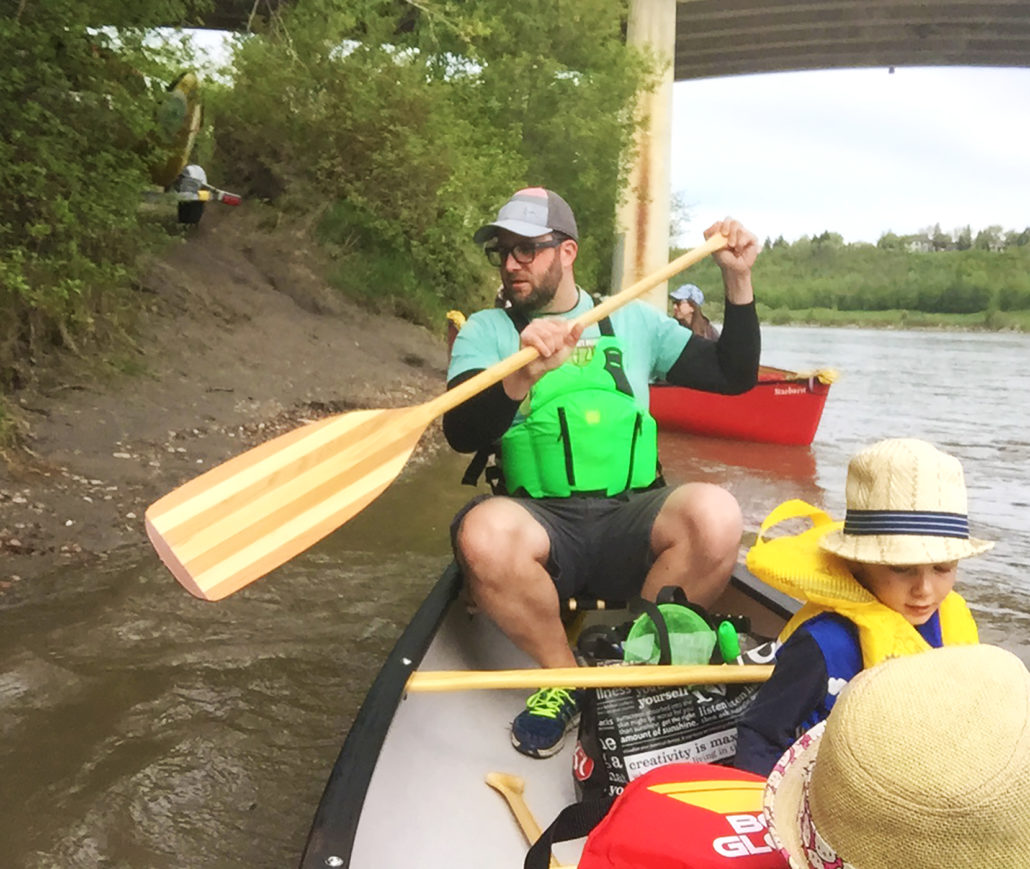As we support students moving forward with their education, we must ensure that students have the opportunity to explore their interests and curiosities through directed exploration, collaboration in positive environments, and creativity to develop students into holistic and life-long learners. As a leader in education, it is essential that I collaborate with all stakeholders to create innovative learning environments that are flexible and provide all students and staff opportunities to achieve excellence. We must create an environment where students are proud of their community and culture, feel respected and valued, and seek to succeed in a global environment. As a leader, I must role model and help to generate a climate of learning, risk-taking, working together, and innovation. Believing that all members of the learning community can obtain and use these same qualities, I strive to develop an environment where we are all life-long learners and leaders.
The foundation is relationships. In order for success to be achieved, a strong and positive relationship is required between everyone involved in the student’ learning. With students, parents, and school staff working together, there is much greater potential to develop trust and openness between everyone. This then leads to willingness and risk-taking by the student as they recognize that they can succeed (and fail) in a safe and caring environment, which allows for a broader and more diverse range of growth to take place.
Changes or adjustments to pedagogy must be student-focused. Educators are exposed to a variety of strategies on a regular basis and must continually determine what aspects they will choose to implement into their teaching pedagogy. Regardless of the personal preference, the primary factor to determine the course of action is to reflect on what will provide the best opportunities for students to have success in learning. There are many choices to provide teachers with an “easier time” or “more efficient” strategy, but if these options do not improve the opportunity for student success, they should not be seen as the most effective pedagogy. Students should always remain the primary focus and target audience.
Instruction needs to be focused towards the authentic learning experience. Students need to recognize the relevance and importance of why they are being taught specific topics or concepts. As individuals reflect on previous and “traditional” models of education, the view is often that the process of learning is through rote memorization. But as this understanding has adapted and adjusted to focus in having students understand concepts through hands-on exploration and inquiry, authentic student engagement and understanding has increased. The next transition that must continue is an evolution to a more personalized and focused authentic experiences relevant to student interests and real-world problems and environments.

